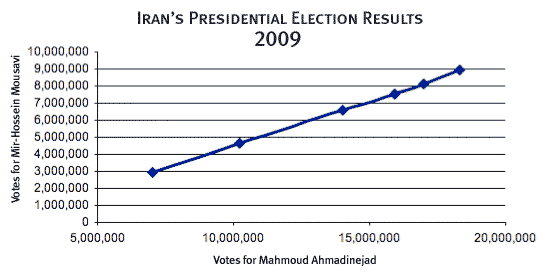
This kind of statistical gumshoeing has a long history. In 1936, for example, English biologist and statistician R. A. Fisher went gunning for Gregor Mendel, whose experimental results Fisher believed had been tweaked to be more favorable to Mendel's ideas. "Fictitious data can seldom survive a careful scrutiny," Fisher wrote, "and, since most men underestimate the frequency of large deviations arising by chance, such data may be expected generally to agree more closely with expectation than genuine data would." In other words, it was precisely the beautiful agreement of experiment with theory that exposed Mendel's thumb on the scale. Only once in 15,000 times, Fisher computed, could one expect such strong conformity. ( The controversy over Mendel's research practices continues to this day, with notable scientists lining up on both men's sides ).
No comments:
Post a Comment